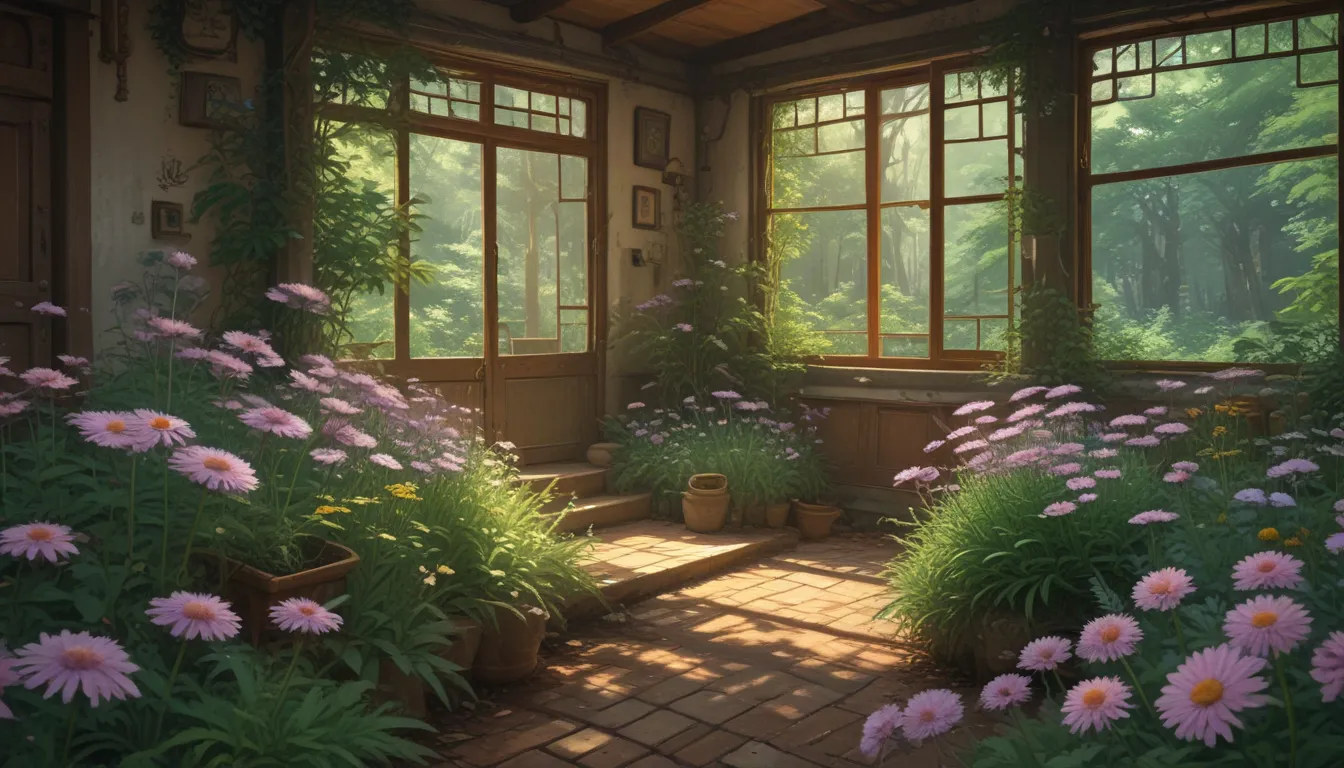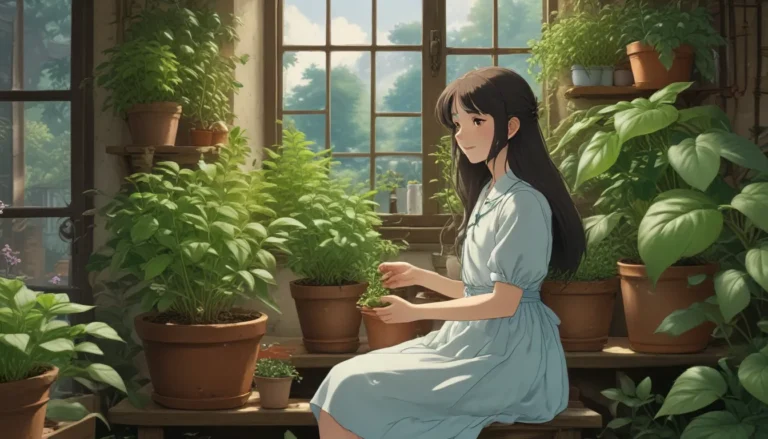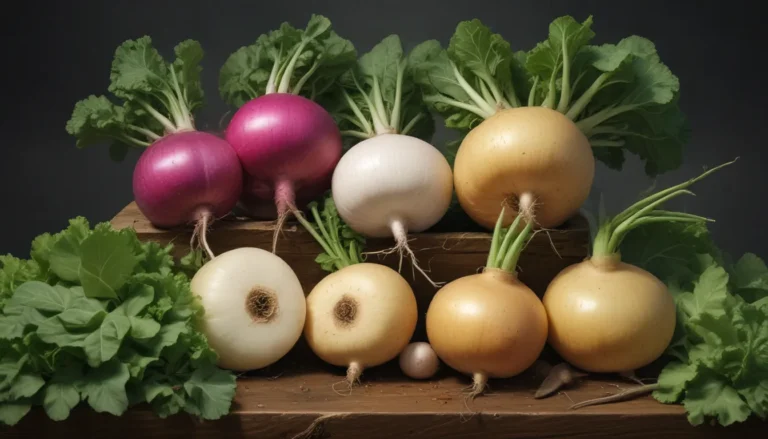Comprehensive Guide to Growing Bushy Asters

Are you looking to add a touch of late-season color to your garden? Consider growing bushy asters, a delightful member of the Asteraceae family. Native to eastern and central regions of the United States and Canada, Symphyotrichum dumosum, commonly known as the bushy aster, is a beautiful perennial plant that produces shrubby mounds of foliage adorned with small white, pale blue, lavender, or pale pink blossoms.
Not only do these plants offer aesthetic appeal, but they also attract native bees, beneficial insects, and butterflies in late summer to early fall. While the actual species S. dumosum plants may not be readily available for purchase, there are cultivated hybrids that offer desirable traits such as more compact growth, brighter colors, and larger blooms.
In this in-depth guide, we will explore all you need to know about growing bushy asters, from propagation to maintenance, cultivars to select, managing pests, best uses, and a quick reference growing guide. So, let’s dive in and explore the world of bushy asters together!
What Is a Bushy Aster?
The bushy aster species, S. dumosum, is classified as S. dumosum var. dumosum, with several identified varieties. These varieties share the overall characteristics of the plant, with slight differences in traits. While these distinctions may not impact home gardening, they are of importance to environmentalists, especially when considering conservation efforts for these plants.
These plants are known to hybridize in the wild, creating fascinating new variations such as the rare S. dumosum x S. laterifolium, a natural hybrid with unique structural features. The bushy aster displays composite flowers with petal-like rays surrounding a central disk of florets, measuring less than an inch across. Cultivated hybrids offer enhancements such as compact growth, brighter colors, and larger blooms, making them a popular choice for gardeners looking to add these lovely plants to their landscapes.
Propagation and Growing Process
To grow bushy asters, you can start with seeds, stem cuttings, or divisions of mature plants. Starting from seeds involves sowing them indoors in late winter or outdoors after the last frost. Stem cuttings can be taken in spring and rooted in water or with the help of rooting hormone in a potting medium. Transplanting seedlings or rooted cuttings requires careful hardening off before planting them in the garden to ensure successful establishment.
When it comes to growing bushy asters, these plants prefer full sun but can tolerate partial shade. They thrive in organically rich loam with good drainage and a slightly acidic pH. Proper spacing, adequate watering, and timely fertilization are essential for ensuring healthy growth and abundant blooms. Remember to sow seeds shallowly, place transplants at the correct depth, and provide ample room for mature plants to thrive.
Tips for Successful Growth
- Sow seeds shallowly to ensure proper germination.
- Space plants according to their mature dimensions to allow for adequate airflow and prevent disease.
- Provide adequate watering and fertilization to support healthy growth throughout the growing season.
Pruning and Maintenance
To keep your bushy asters in top condition, regular pruning and maintenance are necessary. While these plants may become leggy over time, early summer pruning can help maintain a compact form. Avoid pruning too late in the season, as this can impact flower production. Staking plants with twine or stakes can prevent them from flopping over and sustaining damage.
Proper maintenance also involves removing spent stalks at the end of the season to prevent the harboring of pests. Dividing congested plants every three to four years can help rejuvenate them and improve flower production. Additionally, fertilizing plants in spring can promote vigorous growth and abundant blooms throughout the season.
Cultivars to Consider
When selecting bushy asters for your garden, you may come across hybrid cultivars that offer unique characteristics and enhanced features. Some popular cultivars include:
- Peter Harrison: A dwarf cultivar with pink blossoms suitable for Zones 4 to 8.
- Sapphire: A lavender-blue dwarf variety ideal for Zones 4 to 11.
- Silver Carpet: A dwarf cultivar with white blossoms and a hint of lavender, perfect for compact displays.
These cultivars offer a range of colors, sizes, and growth habits, making them versatile choices for various garden settings.
Managing Pests and Disease
Like all plants, bushy asters are susceptible to pests and diseases, especially during extreme weather conditions. Common pests to watch out for include aphids, lace bugs, beetles, mealybugs, and mites. These pests can also transmit plant diseases such as aster yellows, powdery mildew, and rust. To address pest issues, consider planting nectar-rich flowers to attract beneficial insects that contribute to pest management.
Best Uses in the Landscape
Bushy asters have diverse applications in the landscape, ranging from informal naturalized plantings to formal borders and containers. These plants are well-suited to open spaces, meadows, woodland areas, and butterfly gardens. Their late-season blooms attract pollinators and songbirds, enhancing biodiversity in the garden. Additionally, hybrid cultivars can be used in beds, borders, and containers to add bursts of color and texture to the landscape.
Quick Reference Growing Guide
Plant Type: Perennial flower
Flower/Foliage Color: White, pink, lavender, blue/green
Native To: Canada, United States
Hardiness (USDA Zone): 4-8
Bloom Time: Late summer to fall
Exposure: Full sun
Spacing: 12-36 inches
Height: 12-36 inches
Spread: 12-24 inches
Water Needs: Moderate
Maintenance: Moderate
Common Pests: Aphids, lace bugs, beetles, mites
Common Diseases: Aster yellows, powdery mildew, rust
Final Thoughts
In conclusion, bushy asters are delightful plants that offer a burst of color and wildlife attraction in late-season gardens. Whether you prefer the species plant or hybrid cultivars, these plants are sure to bring joy and beauty to your landscape. By following the tips and guidelines outlined in this comprehensive guide, you can successfully grow and maintain bushy asters in your garden. So, why not consider adding these lovely plants to your garden planner and watch as they bridge the gap between summer and fall with their stunning blooms!





